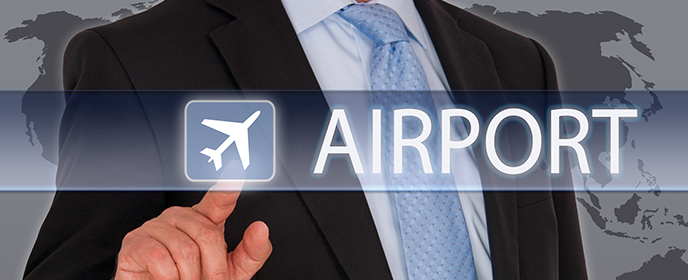First let’s understand that different terms are open to different interpretation, so this is not about trying to agree or disagree it is simply about understanding a common interpretation which is appropriate to an EASA environment.
So Let’s deal first with Airport Quality Assurance.
QA concerns the independent verification of compliance with external regulatory requirements and internal organisational requirements driven by process and procedures.
It is not in itself proactive (it does not imagine what can go wrong) simply the focus is on compliance. If compliance in some way fails then a discrepancy or corrective action must be raised to address the shortfall or finding.
QA is the prerogative of the Quality Manager although these days he has been rebranded by EASA and is known as the Compliance Manager. He is responsible for the annual audit plan and to make sure all audits are carried out on time.
So who is responsible for Airport Quality Assurance?
A good question!
With the introduction of COMMISSION REGULATION (EU) No 139/2014 of 12 February 2014 EASA has now assumed responsibility on behalf of the member states to manage the criteria by which member states will demonstrate compliance with ICAO Annex 14.
The regulation contains the rules for the certification, management, operation and design of aerodromes. Furthermore the regulation is supported by Acceptable Means of Compliance (AMC), Certification Specification (CS) and Guidance Material (GM) all provided by the European Aviation Safety Agency (EASA).
Only airports open for commercial air transport with at least one paved runway of 800 metres or more are affected It is of course necessary for EASA to achieve the maximum conformity with Aerodrome Rules for Europe ICAO’s Annex 14.
The focus of the new regulation and the forward view of EASA across the entire regulatory environment and its requirements is on a performance-based regulatory system which promotes common safety, operational and management standards for aerodromes across Europe.
As with other EASA regulations there are a number of concepts which are somewhat new to both the European Authorities and the Aerodrome Operators.
Whilst the regulations must be based on existing ICAO Standards, Recommendations and Guidance, they have a typical flavour which could be described as European.
Key features include the implementation of an effective management system which includes Safety (Safety Management System – SMS) as well as Quality and Compliance.
Competence becomes a key area with the need to demonstrate adequate manning levels, resources and decision-making authority for senior management.
As part of the management system Aerodrome operators are required to take a major responsibility for their own oversight, through performance monitoring and measuring.
Delivering Quality Assurance
The principle of Checking (QA) is to see what really happens on the job. Do the procedures reflect correctly the regulatory requirement? Are they deemed to be accurate?
Do all staff understand the procedures? Are the procedures being adhered to? If it is found that the actual practice is different than the instructions then you have two options. You can make sure staff follow the instructions or you can change the instructions to make them more suitable for the required task.
Now to Consider Quality Control
All staff should know exactly what they are supposed to do to fulfil the responsibility, moreover they should know exactly how they are supposed to do it to ensure compliance with the organisations requirements.
How do we ensure the delivery of effective Quality Control? In fact through effective communication (training, SOPs, work instructions, etc.) between the managers and the staff.
Off course we are only able to achieve this if the staff are competent and correctly trained in addition we have correct work instructions. The action of complying in the correct way with the organisation and regulatory requirements is Quality Control.
Where does SMS Fit into this picture?
The aerodrome operator shall implement and maintain a management system integrating a safety management system which clearly defined lines of responsibility and accountability throughout the aerodrome operator, including a direct accountability for safety on the part of senior management which delivers a formal process that ensures that hazards in operations are identified;
An effective Safety Management System (SMS) requires that the “Organisation” considers all of the individual procedures, processes and activities in respect of any potential “Hazards”.
That the identified “Hazards” are assessed for any “Risk” which could adversely impact the organisation. The policies and procedures relating to safety management systems may be contained in a separate SMS manual if the organisation prefers, identifying a formal process that ensures analysis, assessment and mitigation of the safety risks in aerodrome operations and takes into account any changes or proposed changes.
Sofema Aviation Services offers EASA Compliant Airport Regulatory Training and Safety Management System training, for details please see website or office@sassofia.com




